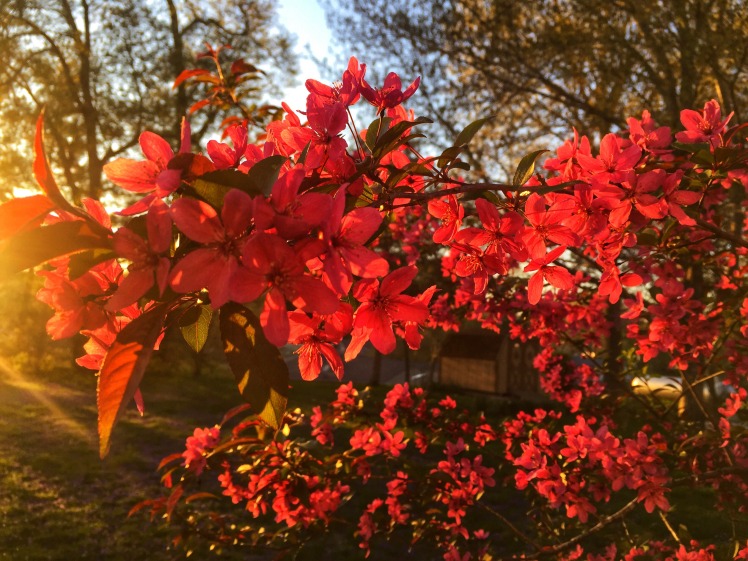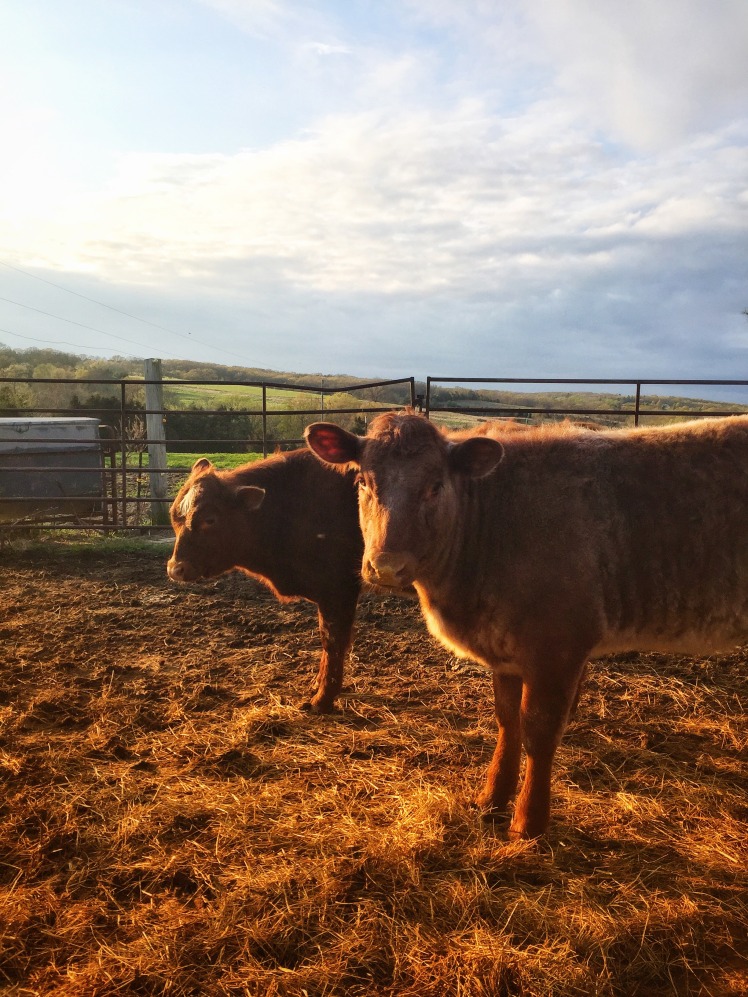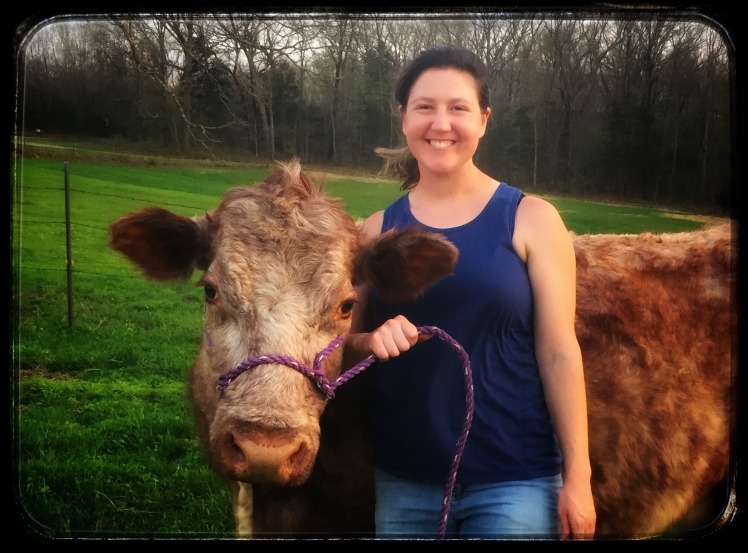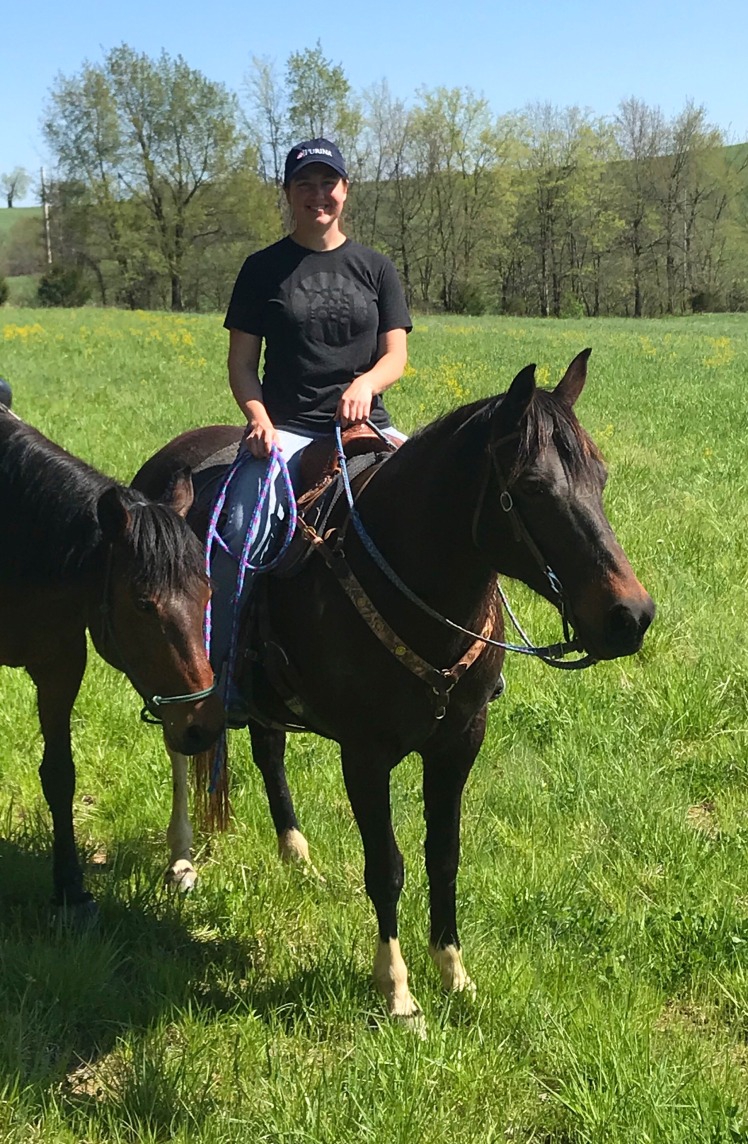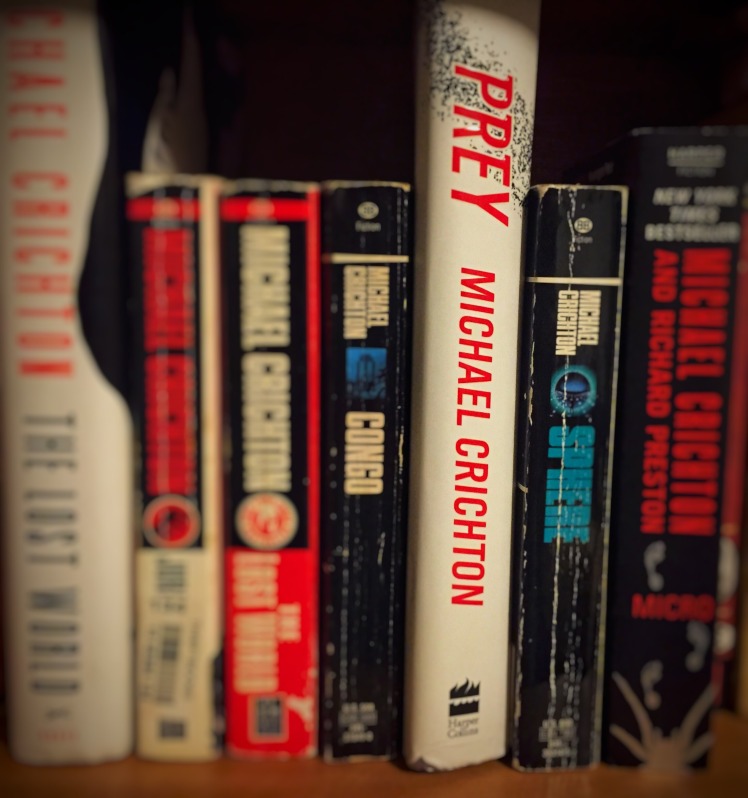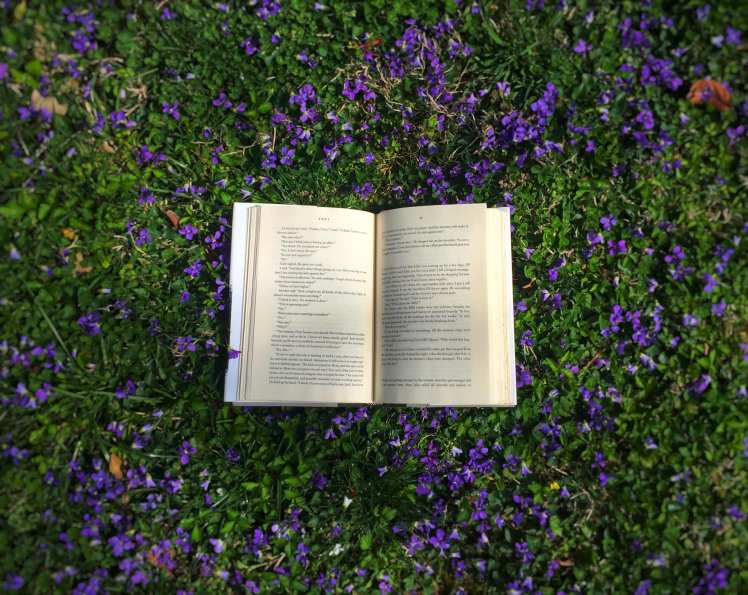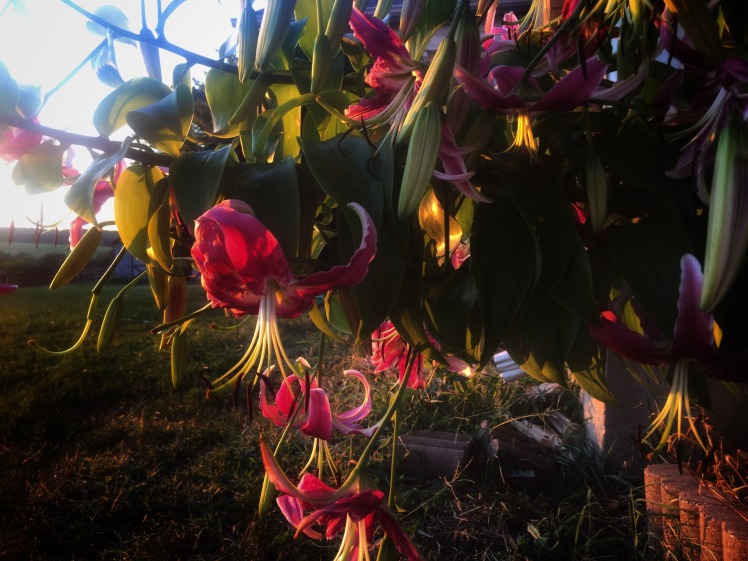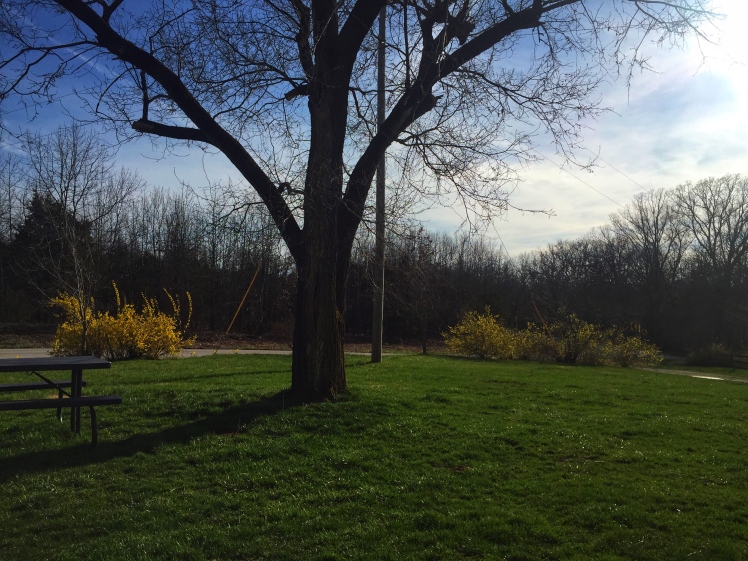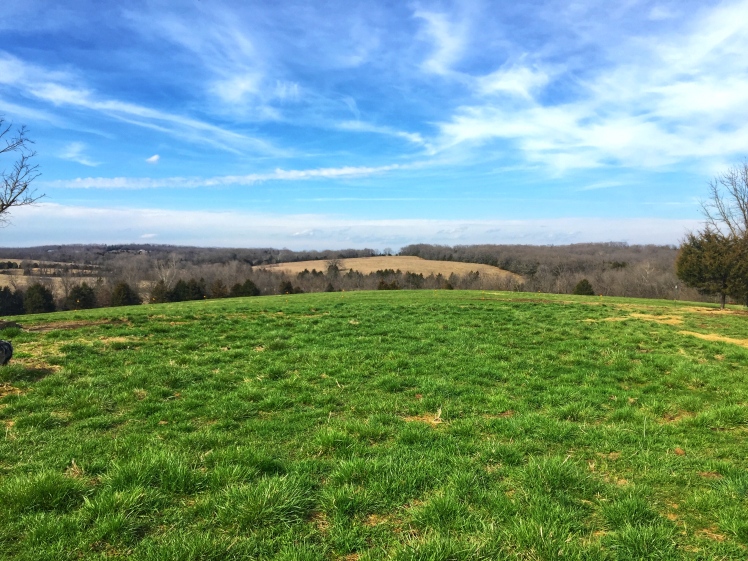End of the Spear – An End to Strife

“As for you, you meant evil against me, but God meant it for good, to bring it about that many people should be kept alive, as they are today.”
Gen. 50:20 ESV
End of the Spear is truly an incredible book. Published in 2005, with the movie released the same year, this book continues, in a way, Elisabeth Elliot’s story Through Gates of Splendor. For those of you who are unfamiliar with Through Gates of Splendor, it’s about five missionaries, one of whom was Elisabeth Elliot’s husband, who made contact with a completely unreached people group in Ecuador. During this contact, trying to bring the gospel to the Waodani (Aucas), they were killed by the people they wanted to share the gospel with.
Elisabeth’s story is absolutely incredible, but Steve Saint’s story, End of the Spear, brings a closing—or opening—to Elisabeth’s.
Steve Saint is the son of Nate Saint, one of the five missionaries killed. His incredible compassion towards the Waodani exudes from the pages of this book as he recounts the stories of living with the Waodani, serving them, teaching them, and learning from them—both as a child and as an adult—for, after the five missionaries died, their wives and children went to live among the tribe to bring the gospel to them and continue the mission the men began.
The story is long. It’s deep. It’s heartfelt, and it will touch every string entwining the human heart. You will laugh till you cry, cry, sit in stunned silence, lift your eyes to God in awe as you read the story of how the Waodani came to know Christ and how He changed their lives forever through these missionaries.
For me, finishing this book is incredibly timely as I just found out that one of our heroes in the book, Grandfather Mincaye, died just a few days ago.
God’s story is incredible, and this is only a piece of it.
